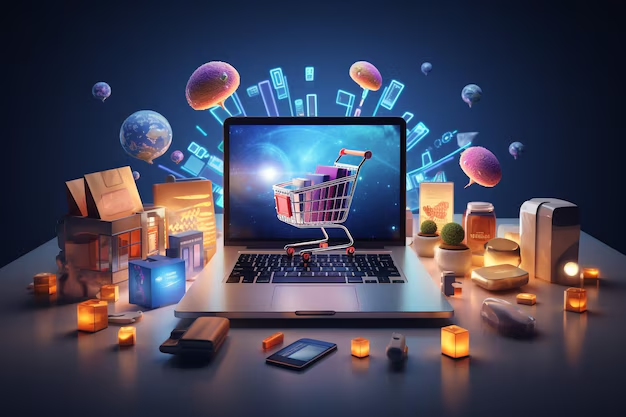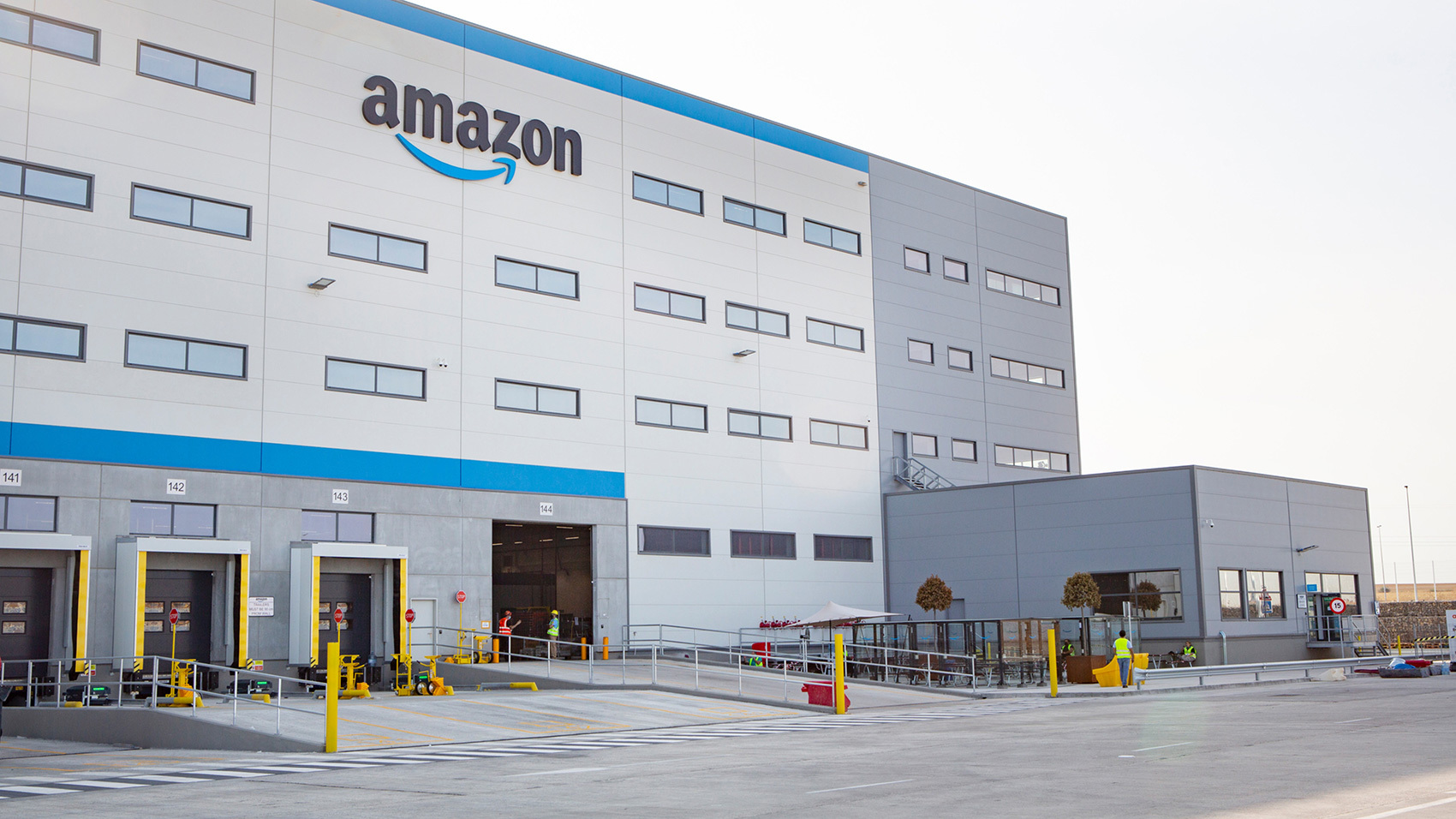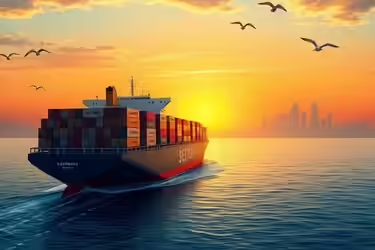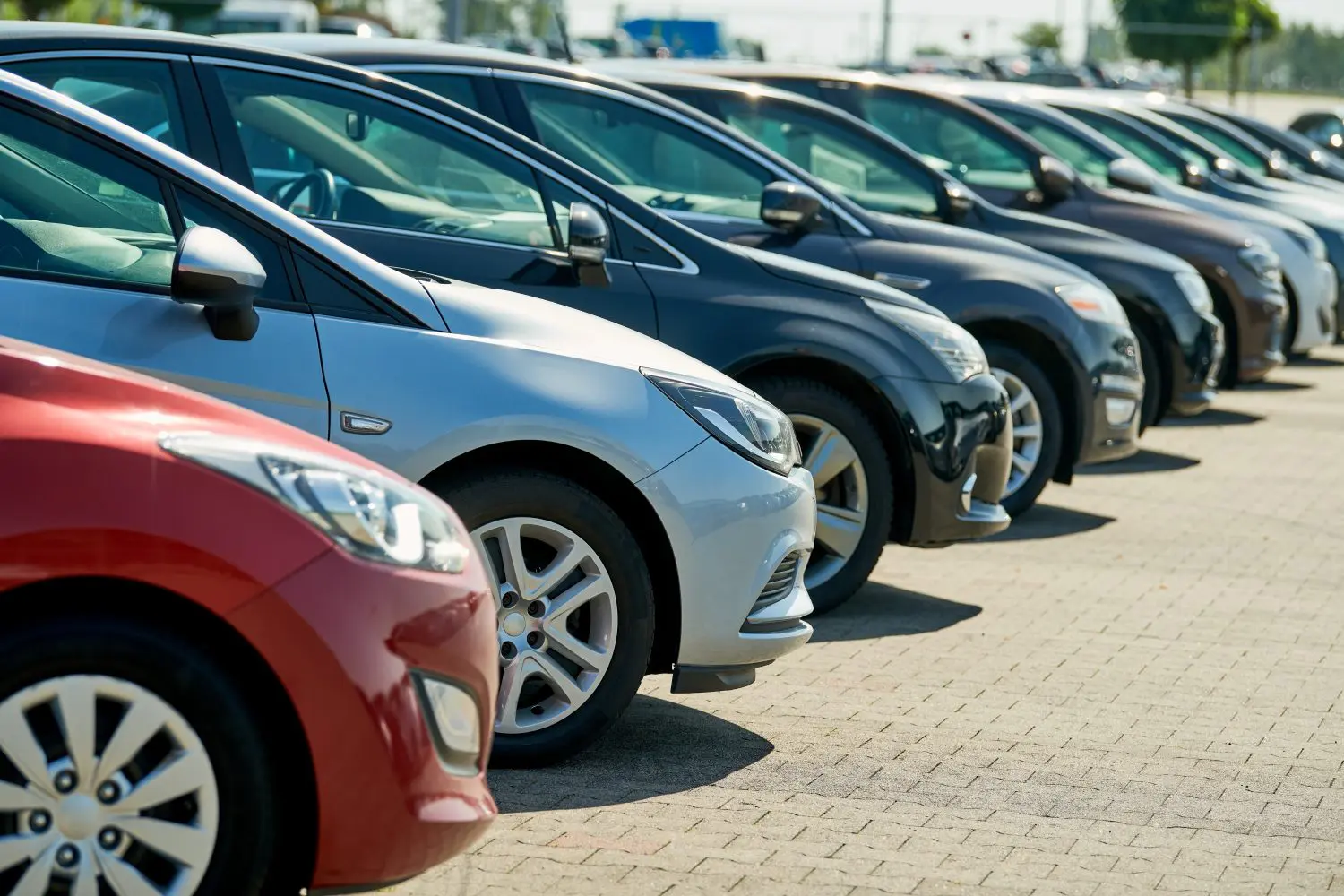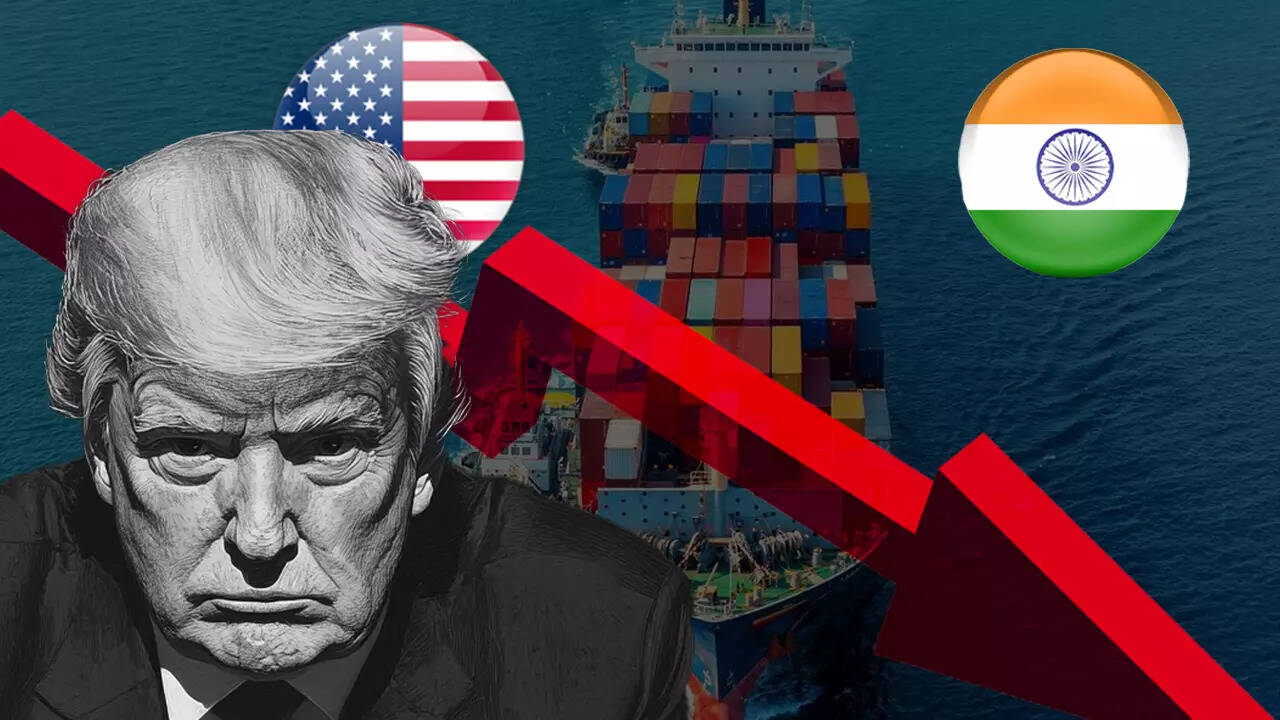commerce, companies like
Tata Neu, Reliance Retail, Amazon, Flipkart, and Nykaa are leading the
omnichannel revolution. They integrate
physical stores, online platforms, mobile apps, and last-mile delivery networks to
offer customers a unified shopping experience.
This article explores what an omnichannel supply chain is, its key benefits, challenges, real-world case studies, and future trends in India.
What Is an Omnichannel Supply Chain?
An omnichannel supply chain is a fully integrated logistics system that connects multiple sales and fulfillment channels—online marketplaces, brick-and-mortar stores, mobile apps, social media platforms, and call centers—to deliver a seamless shopping experience.
Unlike a multichannel supply chain, where online and offline sales operate separately, an omnichannel approach unifies inventory, order management, and fulfillment, ensuring customers can:
- Buy online, pick up in-store (BOPIS)
- Return/exchange items at any channel
- Receive real-time inventory updates
- Enjoy faster deliveries with last-mile efficiency
Why Is Omnichannel Supply Chain Important in India?
1. Rising Digital & Mobile Commerce
- India’s e-commerce market is expected to reach $200 billion by 2026.
- Mobile-first shopping is dominant, with 75% of online purchases made via smartphones.
2. Demand for Hyper-Personalized & Instant Shopping
- Customers expect real-time stock visibility, instant checkout, and flexible delivery options.
- Retailers must ensure consistent pricing, product availability, and seamless experience across all touchpoints.
3. Increasing Q-Commerce & Same-Day Delivery Models
- Companies like Zepto, Blinkit, and Swiggy Instamart offer 10-minute deliveries, pressuring traditional retailers to enhance supply chain efficiency.
4. Integration of Online & Offline Retail
- India’s organised retail sector (Reliance, Tata, D-Mart, Croma, etc.) is merging physical and digital experiences.
- Example: Tata Neu offers a single loyalty program & payment system across all Tata brands (Titan, Westside, BigBasket, etc.).
5. Government Push for Digital & Logistics Transformation
- Initiatives like ONDC (Open Network for Digital Commerce) aim to democratize e-commerce by connecting small businesses to multiple online marketplaces.
- The National Logistics Policy (NLP) is improving supply chain efficiency through digitalization & logistics automation.
How Does an Omnichannel Supply Chain Work?
🔹 1. Unified Inventory Management
- Real-time inventory tracking across warehouses, stores, and fulfillment centers.
- AI-powered demand forecasting helps avoid stockouts & overstocks.
📌 Case Study: Flipkart’s Smart Inventory Allocation
- Flipkart’s AI-driven system predicts demand trends and moves inventory closer to customers, reducing delivery time by 30%.
🔹 2. Integrated Order Management System (OMS)
- Orders from online, app, stores, and marketplaces are processed through a single dashboard.
- Customers can place, modify, or cancel orders seamlessly across platforms.
📌 Example: Nykaa’s Omnichannel Expansion
- Nykaa integrates online beauty shopping with 145+ physical stores, allowing customers to:
✅ Buy online & return in-store
✅ Check product availability in nearby stores
✅ Enjoy personalized recommendations across platforms
🔹 3. Flexible Fulfillment Options
- Buy Online, Pick Up In-Store (BOPIS) – Allows customers to pick up orders from the nearest store.
- Ship-from-Store – Stores act as fulfillment centers, enabling faster delivery.
- Dark Stores – Warehouses exclusively dedicated to fulfilling online orders for speedier delivery.
📌 Example: Reliance Retail’s JioMart & Store Integration
- JioMart connects Reliance Smart stores to online shoppers, ensuring:
✅ Faster grocery delivery from nearest store
✅ Real-time stock updates across all Reliance stores
🔹 4. Smart Last-Mile Delivery & Reverse Logistics
- AI-based route optimization & delivery tracking for faster fulfillment.
- Easy returns & exchanges across multiple channels.
📌 Case Study: Amazon India’s Multi-Mode Delivery Strategy
- Uses a combination of hyperlocal fulfillment, kirana partners, and drone-based trials to reduce last-mile delays by 40%.
Key Benefits of Omnichannel Supply Chain
✅ Seamless Shopping Experience – Customers can shop, return, or exchange across multiple platforms hassle-free.
✅ Faster Deliveries & Reduced Costs – Smart fulfillment centers ensure same-day or next-day delivery.
✅ Higher Customer Satisfaction & Retention – Personalized recommendations & flexible fulfillment improve loyalty.
✅ Increased Sales & Revenue – Unified inventory ensures better product availability & cross-channel sales.
✅ Better Supply Chain Resilience – AI-driven forecasting prevents stock shortages & delays.
📌 Example: Ajio’s Online-Offline Model
- Ajio leverages Reliance Trends stores as fulfillment hubs, reducing delivery times from 4 days to 1 day in metro cities.
Challenges in Omnichannel Supply Chain in India
🚧 1. Complex Inventory & Demand Management
- Real-time inventory updates across multiple channels require advanced AI & data integration.
- Stock misalignment leads to order cancellations & lost sales.
🚧 2. High Last-Mile Logistics Costs
- Fuel costs & inefficient routing make last-mile delivery expensive.
- EVs & smart delivery models are emerging solutions.
🚧 3. Data Integration & Technology Gaps
- Many retailers still operate in silos, preventing smooth data flow across channels.
- Need for cloud-based, AI-driven platforms to unify supply chain operations.
🚧 4. Returns & Reverse Logistics Complexities
- Managing cross-channel returns (store, online, warehouse) without losses is challenging.
📌 Case Study: Myntra’s AI-Driven Return Process
- Uses AI to predict which returns are genuine & which are fraudulent, reducing logistics losses by 20%.
Future Trends in Omnichannel Supply Chains in India
🔹 AI & Machine Learning for Smarter Demand Forecasting
🔹 EVs & Sustainable Last-Mile Deliveries
🔹 Growth of ONDC (Open Network for Digital Commerce)
🔹 Social Commerce Integration (WhatsApp, Instagram, etc.)
🔹 Expansion of Quick Commerce & Dark Stores
📌 Example: Tata Neu’s Super App
- Unifies grocery, fashion, travel, and electronics shopping into one app with a common loyalty system.
The future of retail in India is omnichannel. Businesses that integrate online & offline channels, optimize inventory management, and enhance last-mile delivery will stay ahead in this rapidly evolving market.
✅ Seamless shopping experiences will drive higher conversions & customer loyalty.
✅ AI, robotics & automation will further improve supply chain efficiency.
✅ Sustainable logistics models will reduce costs & environmental impact.
Companies that invest in smart omnichannel strategies will dominate India’s booming retail & e-commerce landscape. 🚀
.png)
.png)
